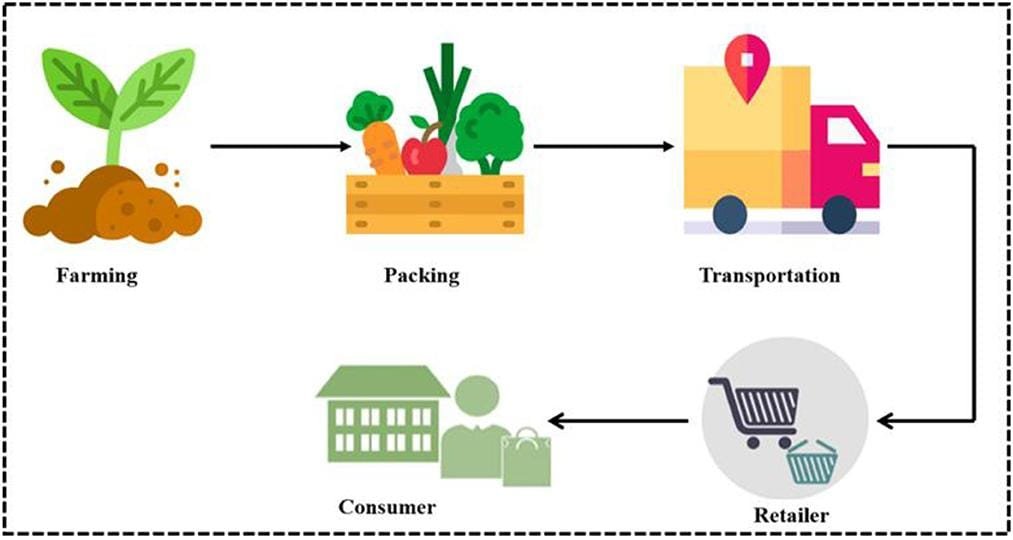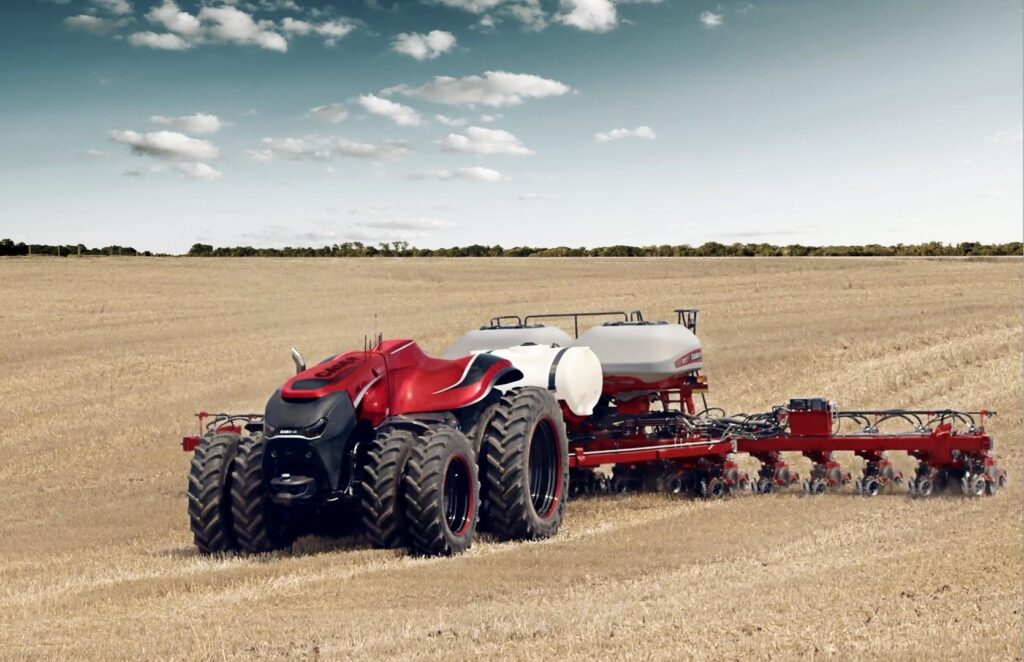Cost Effectiveness of Fuel Efficiency Technologies for Long-Haul Tractor-Trailers: 2025–2030 Outlook
The economics of equipping long-haul tractor-trailers with advanced fuel efficiency technologies in the approaching 2025–2030 period is a nuanced subject, colored both by fluctuating fuel costs and relentless pressures to reduce CO₂ emissions. Technology does not yield its benefits in a vacuum, but the projected advances are, one could say, profound.
One comprehensive analysis found that deploying the most advanced technology package in this sector can reduce distance-specific fuel consumption by approximately 43%. The estimated incremental cost for such an integrated suite runs between €30,550 and €35,150 per truck within that timeframe. Remarkably—at least on paper—the projected lifetime fuel savings per vehicle range from €65,850 to as much as €167,550. Nevertheless (and it’s easy to skip over this nuance), some moderate-technology packages actually possess higher up-front costs than these cutting-edge setups: spanning from €41,900 to even above €100k depending on both economic assumptions and future energy price volatilities.
But payback is king—fleet operators scrutinize investments doggedly; they generally expect a return horizon tight enough for today’s balance sheets. With more sophisticated (read: pricier) technology suites layered onto base vehicles sequentially, average payback periods do tend to climb longer rather than shorter. When you dissect these packages’ inner workings—the components contributing most notably to capital outlay—they tend split their costs roughly evenly among powertrains (engines plus controls), hybridization systems or energy recovery modules when present, as well as chassis-level aerodynamic improvements spanning both tractor and trailer segments.
It may seem paradoxical at first glance: why would moderate tech cost more? The answer lies partly in how features are bundled and which elements manufacturers prioritize; perhaps certain modular upgrades command premium pricing individually compared with holistic new-generation designs that optimize interactions between systems more efficiently from the start.
There isn’t just one pathway forward. Transmission technologies—such as automated manual transmissions featuring low-viscosity lubricants or reduced internal drag assemblies—carry potential for incremental drops in energy use across every kilometer travelled by freight consortia’s rolling stock. Driveline advancements too have emerged unexpectedly robust since 2018 research first quantified their aggregate impacts (and no two trials gave quite identical results).
By 2030—not so distant now—it’s plausible for regional market-leaders’ truck lines incorporating multiple state-of-the-art efficiency measures under strict regulatory environments like those anticipated in Europe might exceed even prior forecasts of a 40% reduction benchmark if policy levers nudge technology adoption rates upward rapidly enough or oil prices leap again without warning.
Thinking about total cost of ownership introduces hidden variables that academic studies don’t always capture well; downtime during installation or maintenance periods associated with new systems may chip away subtly at calculated paybacks over years—even though aggregate fleet metrics favor early adopters due largely to compound returns on saved diesel expenditures multiplied across hundreds of units deployed simultaneously.
Curiously enough—it should be noted—a commonly cited estimate places capital cost increases at nearly 20% over baseline trucks when striving for maximal achievable efficiency gains near the upper end (~43%) target range considered feasible by international regulators before diminishing returns likely set in forcefully enough to deter further spending escalation beyond that threshold level… except perhaps where local subsidies drive net investment down artificially lower than commercial logic alone might justify were they absent altogether.
It isn’t lost on industry-watchers that developing economies face different calculus here entirely: while European fleets maneuver toward hydrogen integration en masse bolstered by growing zero-emissions mandates (the hydrogen heavy-duty market itself slated possibly to surge past $15 billion globally within five years), elsewhere conventional diesel platforms equipped modestly with streamlined skirt kits or low rolling-resistance tire compounds still dominate decision-making frameworks because initial cash outlays remain determinative above all other factors much of the time after taxes are tallied mid-quarter—which seems counterintuitive given broader environmental imperatives yet persists nonetheless due simply (and bluntly) to everyday budgetary realities carriers navigate continent-wide.
To summarize less predictably—in evaluating whether next-gen fuel-saving hardware offers sufficient bang-for-buck between now and decade’s close—the calculus tilts favorably only so long as operating conditions align astutely with forecasted utilization rates; if routes shift abruptly or electrification scales faster than engine-makers project today however then investment rationales must be revisited periodically lest sunk costs accrue quietly unseen beneath company ledgers until auditors come calling next spring during review season—which isn’t necessarily common but has happened on rare occasions reported anecdotally among smaller fleets historically unaccustomed yet adapting gradually nonetheless each fiscal year anew.




